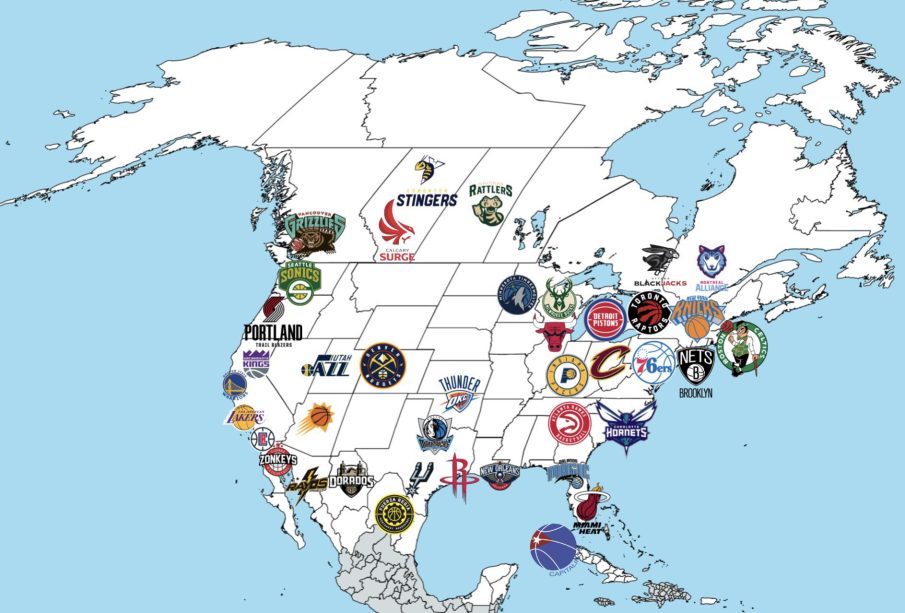Exploring the Landscape of NBA Teams

Introduction
The National Basketball Association (NBA) comprises 30 teams that are a significant part of basketball culture in the United States and globally. These teams not only represent cities and communities but also serve as a platform for athletes to showcase their talent, drive fan engagement, and foster community pride. As we delve into the current landscape of NBA teams, we will discuss their performance, historical significance, and the growing influence they have on the sport.
Current NBA Team Performance
As of the 2023 season, the Milwaukee Bucks, led by superstar Giannis Antetokounmpo, and the Golden State Warriors, featuring the likes of Stephen Curry, are among the most competitive teams in the league. The Bucks claimed the 2021 championship title and are viewed as strong contenders this season. Meanwhile, the Warriors, known for their innovative style of play, continue to be a dominant force with multiple championships since 2015.
Other teams to watch include the Phoenix Suns, who have made a remarkable comeback and are now viewed as championship contenders. The Boston Celtics, with a rich history and a passionate fanbase, consistently strive to reclaim their former glory, while the Miami Heat remain a staple in playoff discussions due to their resilient performance.
Historical Context of NBA Teams
The NBA has a storied history dating back to its founding in 1946. Teams like the Boston Celtics and Los Angeles Lakers have been pivotal in shaping the league’s narrative, with their intense rivalry and numerous championships. The Celtics, with 17 titles, and the Lakers, matching their record, are two of the most successful franchises in the league. Understanding the historical context of these teams provides valuable insight into their current strategies and approaches.
Impact on Communities and Global Reach
NBA teams are not merely sports entities; they serve as cultural touchstones for their communities. Through community outreach initiatives, many teams engage with local populations, fostering connections that extend beyond the basketball court. Furthermore, the NBA’s global reach has expanded significantly, with teams now having fan bases around the world. This international appeal has been an essential factor in the league’s ongoing growth, especially in markets like China and Europe.
Conclusion
The landscape of NBA teams is diverse and complex, deeply rooted in both sports history and community identity. As the league continues to evolve and expand its global presence, the significance of each team will only increase. Fans can look forward to an exciting season as these teams battle for supremacy while also promoting the values of teamwork and resilience both on and off the court. The future of NBA teams promises to be a thrilling journey, filled with new rivalries, emerging talent, and historic moments.









